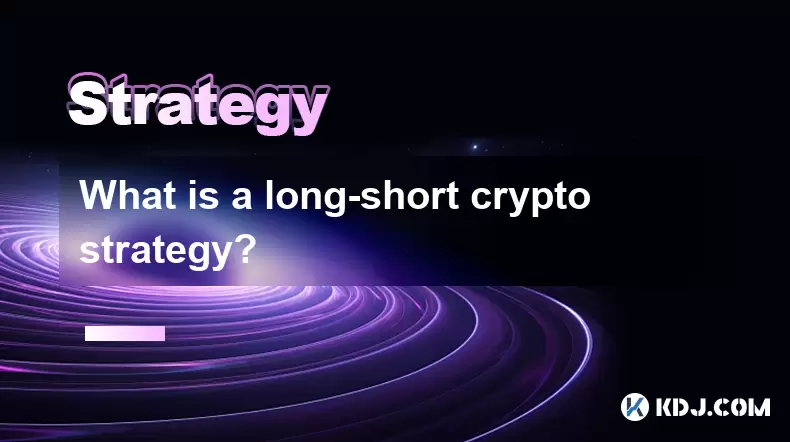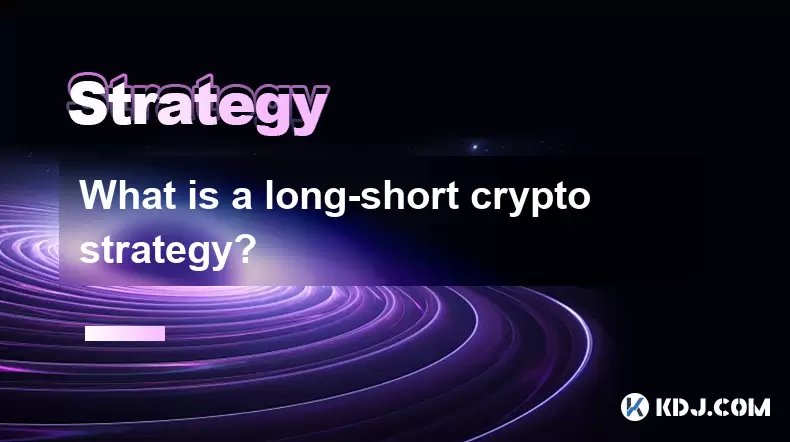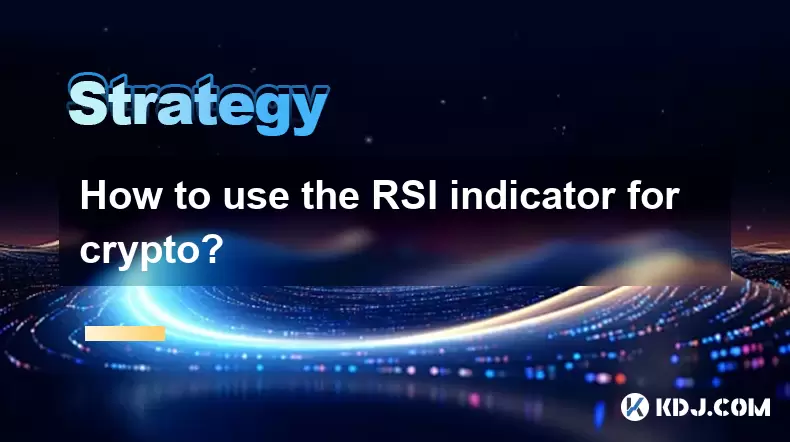-
 Bitcoin
Bitcoin $118000
0.67% -
 Ethereum
Ethereum $3750
0.71% -
 XRP
XRP $3.183
1.61% -
 Tether USDt
Tether USDt $1.000
-0.01% -
 BNB
BNB $788.1
1.21% -
 Solana
Solana $186.0
0.85% -
 USDC
USDC $0.9999
-0.02% -
 Dogecoin
Dogecoin $0.2373
1.25% -
 TRON
TRON $0.3204
1.76% -
 Cardano
Cardano $0.8266
1.85% -
 Hyperliquid
Hyperliquid $44.04
1.28% -
 Sui
Sui $4.192
5.88% -
 Stellar
Stellar $0.4399
2.63% -
 Chainlink
Chainlink $18.40
1.19% -
 Hedera
Hedera $0.2842
9.06% -
 Bitcoin Cash
Bitcoin Cash $560.5
2.46% -
 Avalanche
Avalanche $24.99
4.58% -
 Litecoin
Litecoin $114.5
1.25% -
 UNUS SED LEO
UNUS SED LEO $8.980
-0.03% -
 Shiba Inu
Shiba Inu $0.00001406
0.53% -
 Toncoin
Toncoin $3.306
4.27% -
 Ethena USDe
Ethena USDe $1.001
0.03% -
 Polkadot
Polkadot $4.169
2.37% -
 Uniswap
Uniswap $10.56
1.95% -
 Monero
Monero $322.8
1.06% -
 Dai
Dai $0.0000
0.00% -
 Bitget Token
Bitget Token $4.545
0.12% -
 Pepe
Pepe $0.00001261
1.29% -
 Aave
Aave $296.5
1.27% -
 Cronos
Cronos $0.1379
5.90%
How to use hedging strategies in Ethereum trading?
By implementing hedging strategies like dollar-cost averaging and options contracts, Ethereum traders can safeguard their portfolio volatility and optimize their returns in fluctuating markets.
Feb 26, 2025 at 02:49 am

Key Points:
- Understand the concept of hedging and its benefits in Ethereum trading
- Explore various hedging strategies commonly employed by traders
- Identify suitable strategies based on risk tolerance and market conditions
- Implement hedging techniques to mitigate portfolio volatility and enhance returns
- Stay informed about market trends and regulatory updates related to hedging strategies
How to Use Hedging Strategies in Ethereum Trading:
- Comprehend the Concept of Hedging:
Hedging involves employing financial instruments to offset the risk associated with price fluctuations in Ethereum. It allows traders to speculate on market movements while protecting their capital from potential losses. By strategically combining long and short positions or utilizing derivatives, traders can reduce overall risk exposure. - Choose Appropriate Hedging Strategies:
a. Dollar-Cost Averaging (DCA): This involves investing fixed amounts of capital regularly over an extended period, irrespective of market conditions. It mitigates the impact of price volatility and offers a steady investment approach.
b. Options Contracts: Options provide the right, but not the obligation, to buy (call option) or sell (put option) Ethereum at a specified price (strike price) on a particular date. Traders can use options to hedge against both downside and upside risks.
c. Futures Contracts: Futures are standardized agreements to buy or sell a specific amount of Ethereum at a fixed price on a future date. They enable traders to hedge against future price fluctuations and lock in specific prices for transactions.
d. Stop-Loss Orders: Stop-loss orders are placed at designated price levels below the current market price. When Ethereum falls to the trigger price, the order is automatically executed, selling off positions to limit losses. - Implement Hedging Techniques:
a. Long-Short Hedging: This involves taking both long (buy) and short (sell) positions in Ethereum at the same time. When the price rises, the long position profits, offsetting the loss from the short position. Conversely, if the price falls, the short position gains, countering the decline in the long position.
b. Target-Based Hedging: Traders can place sell orders at pre-defined target prices. Once Ethereum reaches these targets, the corresponding positions are sold, securing profits and protecting against further price fluctuations.
c. Trend Hedging: By studying market indicators and price trends, traders can identify potential market shifts. They can then hedge in the direction of the expected trend to mitigate risks. - Monitor Market Conditions and Regulatory Updates:
Hedging strategies should constantly adapt to evolving market dynamics. Traders need to stay informed about economic news, technical indicators, and regulatory changes that may impact Ethereum's price. Regular monitoring and timely adjustments are crucial to ensure the effectiveness of hedging strategies.
FAQs:
Q1: What are the risks associated with hedging Ethereum?
A: Hedging involves counterparty risks, inadequate diversification, and potential losses if Ethereum's price moves significantly beyond expected ranges.
Q2: Can hedging strategies guarantee profit in Ethereum trading?
A: No, hedging strategies do not guarantee profits but aim to mitigate risks and stabilize returns. The effectiveness of these strategies depends on proper implementation and market conditions.
Q3: What is the best hedging strategy for Ethereum?
A: The optimal hedging strategy depends on an individual's risk tolerance, trading style, and market outlook. Traders should carefully evaluate various strategies and choose the ones most suitable for their objectives.
Disclaimer:info@kdj.com
The information provided is not trading advice. kdj.com does not assume any responsibility for any investments made based on the information provided in this article. Cryptocurrencies are highly volatile and it is highly recommended that you invest with caution after thorough research!
If you believe that the content used on this website infringes your copyright, please contact us immediately (info@kdj.com) and we will delete it promptly.
- XRP Price Check: Altcoin Buzz and Ripple Investors' 2026 Hopes
- 2025-07-27 08:30:12
- BlackRock, Stablecoins, and Institutional Infrastructure: A New York Perspective
- 2025-07-27 08:30:12
- Pi Network: Mainnet Migration Marred by Liquidity Challenges and Binance Listing Speculation
- 2025-07-27 09:10:13
- Kiyosaki's Crypto Call: Navigating the Bitcoin Crash with Gold and Silver
- 2025-07-27 09:10:13
- Bitcoin, Uniswap, Avalanche: Riding the Crypto Wave with a New York State of Mind
- 2025-07-27 09:30:12
- Troller Cat, Meme Coins, and Community Tokenomics: A New Era?
- 2025-07-27 09:35:12
Related knowledge

How to avoid common crypto investment mistakes?
Jul 13,2025 at 01:35am
Understanding the Risks of Crypto InvestmentInvesting in cryptocurrency can be highly rewarding, but it also comes with significant risks. One of the ...

What is a long-short crypto strategy?
Jul 15,2025 at 10:56am
Understanding the Basics of a Long-Short Crypto StrategyA long-short crypto strategy is an investment approach where traders simultaneously take long ...

What is a long-short crypto strategy?
Jul 11,2025 at 01:28pm
Understanding the Basics of Long-Short Crypto StrategyA long-short crypto strategy is an investment approach where traders take both long and short po...

How to use the RSI indicator for crypto?
Jul 12,2025 at 03:56pm
Understanding the RSI Indicator in Cryptocurrency TradingThe Relative Strength Index (RSI) is a momentum oscillator used to measure the speed and chan...

Is copy trading a good strategy for crypto beginners?
Jul 12,2025 at 08:28am
Understanding Copy Trading in the Cryptocurrency MarketCopy trading is a strategy where novice traders replicate the trades of experienced investors a...

How to build a crypto portfolio with $1000?
Jul 13,2025 at 08:14pm
Understanding the Basics of Cryptocurrency InvestmentBuilding a crypto portfolio with $1000 starts with understanding the fundamentals of cryptocurren...

How to avoid common crypto investment mistakes?
Jul 13,2025 at 01:35am
Understanding the Risks of Crypto InvestmentInvesting in cryptocurrency can be highly rewarding, but it also comes with significant risks. One of the ...

What is a long-short crypto strategy?
Jul 15,2025 at 10:56am
Understanding the Basics of a Long-Short Crypto StrategyA long-short crypto strategy is an investment approach where traders simultaneously take long ...

What is a long-short crypto strategy?
Jul 11,2025 at 01:28pm
Understanding the Basics of Long-Short Crypto StrategyA long-short crypto strategy is an investment approach where traders take both long and short po...

How to use the RSI indicator for crypto?
Jul 12,2025 at 03:56pm
Understanding the RSI Indicator in Cryptocurrency TradingThe Relative Strength Index (RSI) is a momentum oscillator used to measure the speed and chan...

Is copy trading a good strategy for crypto beginners?
Jul 12,2025 at 08:28am
Understanding Copy Trading in the Cryptocurrency MarketCopy trading is a strategy where novice traders replicate the trades of experienced investors a...

How to build a crypto portfolio with $1000?
Jul 13,2025 at 08:14pm
Understanding the Basics of Cryptocurrency InvestmentBuilding a crypto portfolio with $1000 starts with understanding the fundamentals of cryptocurren...
See all articles

























































































